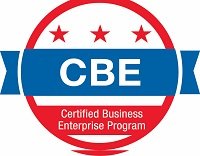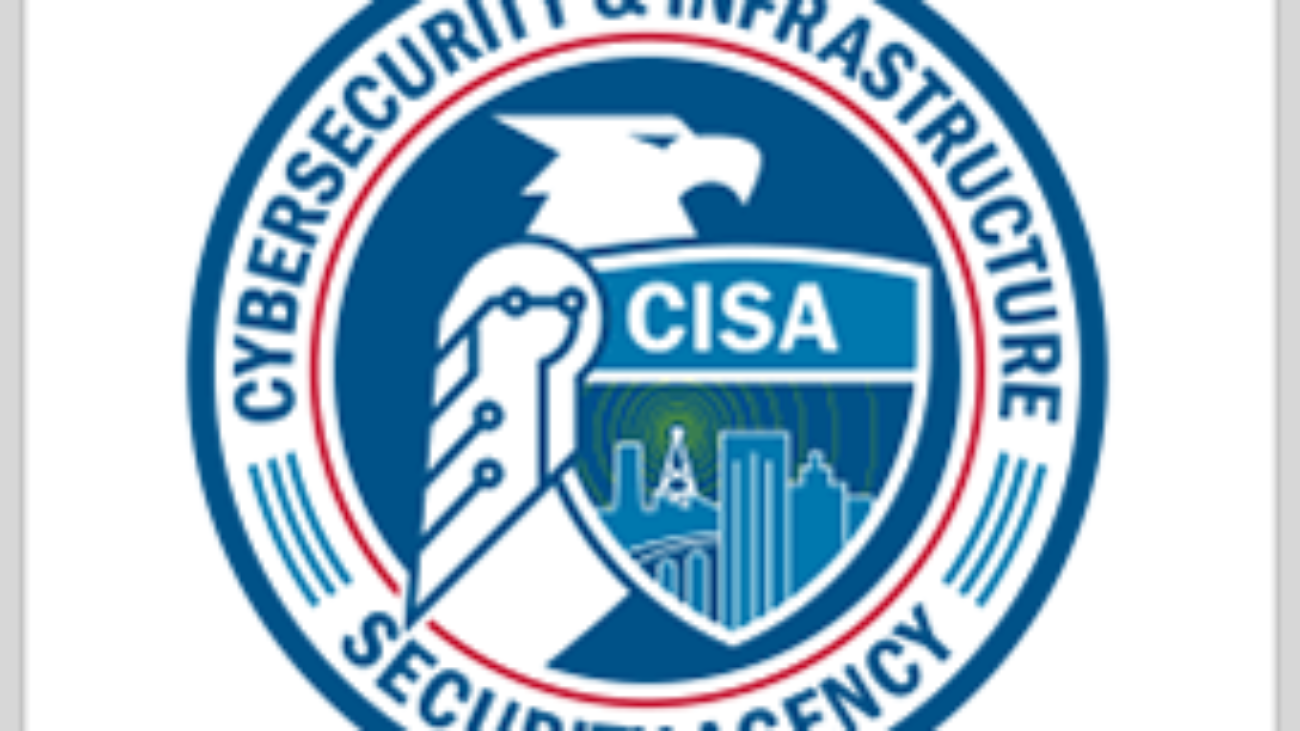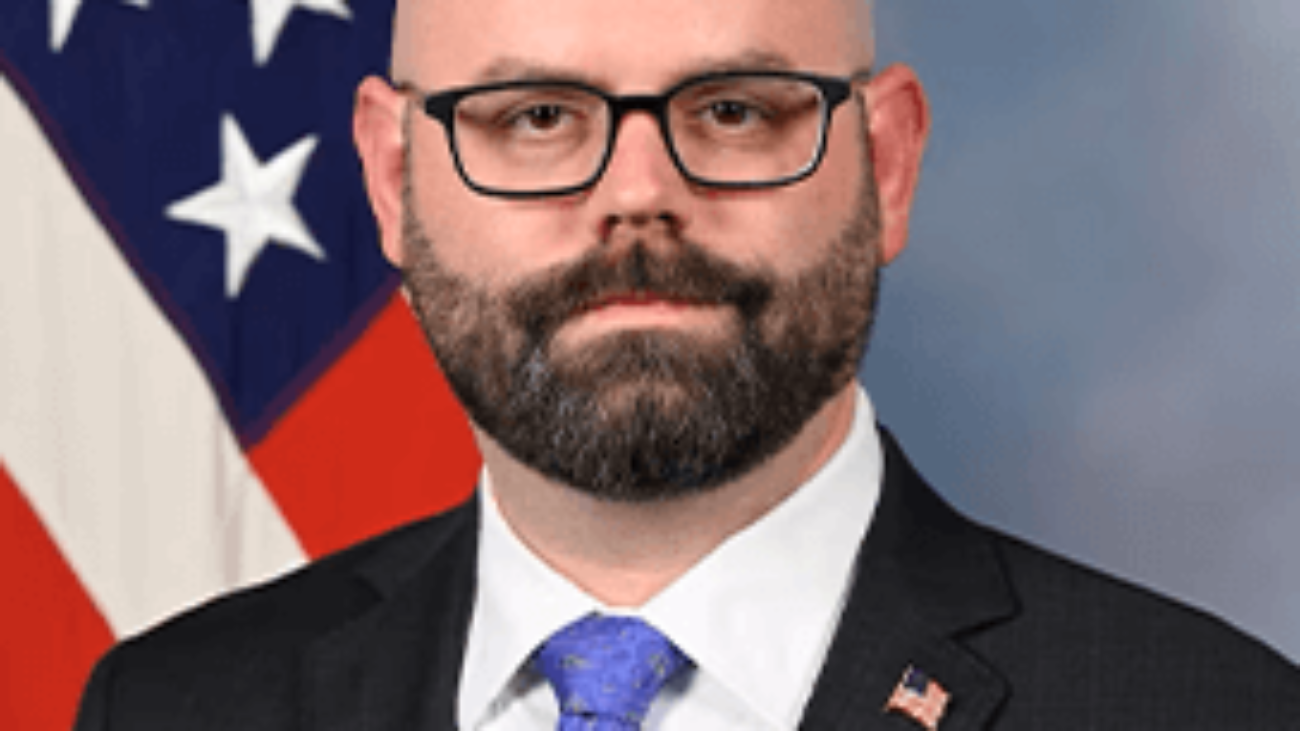It’s hard to tell how Congress will put together a funding bill for even a continuing resolution with less than two weeks left in the fiscal year. So contractors are doing what they feel that have to. Prepare for a lapse in appropriations. The Federal Drive with Tom Temin spoke to the president and CEO of the Professional Services Council, David Berteau.
Tom Temin And every year we go through this song and dance. But somehow the politics are a little bit more rigid this year. And the idea of House bill failed week before last. So what what are your members doing and what’s going on?
David Berteau Well, Tom, as you know, you’re right. We do approach this every September, and then we usually approach it again in November and in December and sometimes in January, February, March. We come close to the deadline. And generally speaking, we actually get a continuing resolution or sometimes a final appropriation in time. It’s usually at the last minute, though. And so even though history says we’re likely to get a continuing resolution and not have a government shutdown, the probability is not zero. And the consequences are very, very significant if we do have such a shutdown. So it’s really important for contractors to begin preparing now, if they haven’t already, for that possibility.
Tom Temin The shutdowns that do occur, though, seem to be narrower and narrower each time around. For example, Veterans Affairs is under a two year appropriation, and this is the middle of the two years for Veterans Affairs. And usually DoD, they pass, I think, if I recall right. So it’s a smaller part of the government of the civilian side that, quote unquote, shuts down.
David Berteau Well, it’s actually been a while since we’ve had a shutdown, which is historically anomalous. During the Reagan administration, for instance, eight years of Reagan time, there were actually eight government shutdowns, none of them longer than five days. So we don’t remember them. The ones we remember are the long ones. And the last big, long one was the Christmas 2018 that extended through January. And you’re right, that there were six cabinet departments that already had their appropriations. DoD was one of them, VA was another, HHS was another. And then there were nine cabinet departments and a bunch of other agencies that were shut down for 35 days. And that had real serious consequences. So you don’t know what you’re going to get into or when you’re going to get out of it when you do have a government shutdown.
Tom Temin We do know that the last one caused a pandemic two years later. So we don’t want to have that happen again. But in your observations, there is no guidance for a shutdown coming from the White House or GAO, for that matter.
David Berteau So one of the things we do at PSC is we track all the guidance documents, both at the agency level and at the Office of Management and Budget level. And we haven’t seen any updates of those recently. In fact, most of the last updates are from a year ago. There are a couple that were updated in January, in February, a couple of agencies. So we post those on our website. We have a whole shutdown resource center for our members. So we look at the guidance. But the other thing we look at is what can contractors be doing even if the government is not necessarily getting ready for it. And it’s almost as if the government thinks that if you get ready for it, that you’ll make it happen. We know that’s not true. And it would be wise and prudent not only for the government to get ready, and they probably are doing internal things, but to have those conversations with their contractors for continuity of operations and understanding of what’s expected.
Tom Temin And you have the Shutdown Readiness Center Resource Center, operated by PSC, which is basically advice. What is it you’re telling contractors? How can they prepare for this?
David Berteau Well, there’s three things contractors need to do, and they should be doing them now. Number one is take a look at all of their contracts and look at, for example, what’s the period of performance, what’s the funding level that’s already been committed? The obligated funds that are there. And thirdly, what the expected events coming up that might happen after Oct. 1. Is there a deliverable that has to be signed off on by the government? How do you make sure there’s somebody there to sign off on it in the event of a shutdown? Is there an option that needs to be exercised? Will there be people there to exercise those options? These are important things. So do your own assessment first. The second thing is to be, and I’ll come back to that your own assessment. The second thing is to be talking to your government customers. Even if they’re not getting guidance from above, even if they’re being told, don’t even begin to think about planning for this. You need to be having those conversations about what their expectations are. They won’t know, for instance, who’s assigned to go to work and not get paid under a shutdown in which government civilians are assigned to go home and not get paid during the shutdown. They don’t usually find that out until the morning of. But you can at least be having the conversation of here’s what we need to know from you. And the third thing you need to be doing, is to do your internal preparation. Know where your employees are, know how you’re going to get a hold of them, know where your facilities are, what your options are if you can’t get in your facility. So all of that’s an analysis and assessment that really should be ongoing all the time, but particularly as we get close to a shutdown.
Tom Temin We are speaking with David Berteau, president and CEO of the Professional Services Council. That’s a good point, that last one. Because often the government people whose agencies are affected aren’t allowed to communicate with contractors or keep things going on the fly. They’ve got to really shut down. I remember during one of the administrations, there were baskets of cell phones to be dropped in so that people couldn’t surreptitiously get on and do work.
David Berteau They’d be working. And that was back during the sequestration days. And Tom, one of the important reactions that government often has is, well, if we’re not working, you shouldn’t be working either with contractors. And this is a stark difference in a shutdown. The shutdown for federal civilians is top down. It’s driven from the top down. And you’re in one of two categories. You either work without getting paid or you go home without getting paid. But for contractors, it’s one contractor at a time. Every contract is different. And you have a responsibility to keep working unless, and until something happens to make you stop. What could happen? You could run out of money, but typically there’s plenty of money that’s been obligated, it just hasn’t been extended yet. Or you could run out of an ability to access the facility or access the networks that could stop you from working. Or the government could issue a stop work order. And what we urge contractors to do is communicate with your customers that there is no need for a stop work order unless one of those exaggerated factors comes into play. Just because the federal government isn’t necessarily working or isn’t in the office doesn’t mean the contractors can’t be working. We’ve particularly proved this under COVID with remote working, so contractors can continue going and are responsible to continue going unless something makes them stop.
Tom Temin Right. And to continue going means there are costs that keep going. The question is revenue. At some point you’ve got to cover your costs with revenue. And the revenue is what stops during the shutdown.
David Berteau That’s a great point. And one thing that contractors should all do between now and Sept. 30th is make sure their invoices are up to date and submitted, because an invoice can’t be paid if it hasn’t been submitted and approved. And you should only be submitting it after Oct. 1st if there is a shutdown, and there’s nobody there to receive an improvement.
Tom Temin Yeah. I wonder if the Bureau of the Fiscal Service is a critical function that is exempted. I don’t know, but it ought to be.
David Berteau What we’ve seen in the past is it depends on the source of their revenue. Oftentimes at the start of a shutdown, the paying agencies, whether it be the Bureau or Defense Finance and Accounting Service or whoever is paying those invoices, will often have a few days of leftover funding and they can continue working based on prior year funding. But it isn’t infinite, and it’s not indefinite. And you can’t really, as a contractor, you can’t really tell because you don’t know what invoices are going to be paid on what day. So it’s prudent to prepare for both options.
Tom Temin It’s like trying to rinse your hair when the shower has been turned off and just get the dribbles.
David Berteau Yeah, we’ve had that happen a couple of times when the power goes out.
Tom Temin Federal financial plumbing, happens and everything comes to a halt. All right. So what else? Anything else? Any final thoughts for contractors?
David Berteau Well, I think being prepared and going back to your customer is key. If the customer doesn’t want to talk to you, you have to be prepared for what you’re going to say when and if a shutdown comes along. And I think, certainly for PSC and our members, we like to be as ready as possible. The other thing is that the media tends to pay attention under a government shutdown to the impact on the federal employees. There’s also a potential impact on contractors, even if they’ve done all the things we’ve suggested. They have to be prepared for the possibility that their workers may not be able to charge that contract. You don’t want to have to fire them. And you certainly can’t do like the federal government and lay them off and say you’ll get paid later, because contractors are never made whole at the end of a shutdown, unlike federal civilian employees who now by law will be made whole as soon as an appropriation is passed. So that’s the real thing, is how do you make sure you get to keep your people on the payroll? What can you do? A couple things you can do. Send them to mandatory training. That’s something you’re going to have to do and pay for out of overhead anyway. Look at being ready to do that at a moment’s notice, or look at using leave and having employees usually leave up. October is a beautiful month anyway. Not that we want to have shutdown, but we want to be ready for it for sure.
Tom Temin And there’s also the issue of subcontractors and proteges, and they’re really out in the cold.
David Berteau They are very much out in the cold. And of course, each prime contractor has its own relationships and will have to make its own determinations as to which of its important subcontractors they need to keep in the loop with them. And those that are proteges under a mentor protege program would most likely fall into that category.
Copyright © 2024 Federal News Network. All rights reserved. This website is not intended for users located within the European Economic Area.












